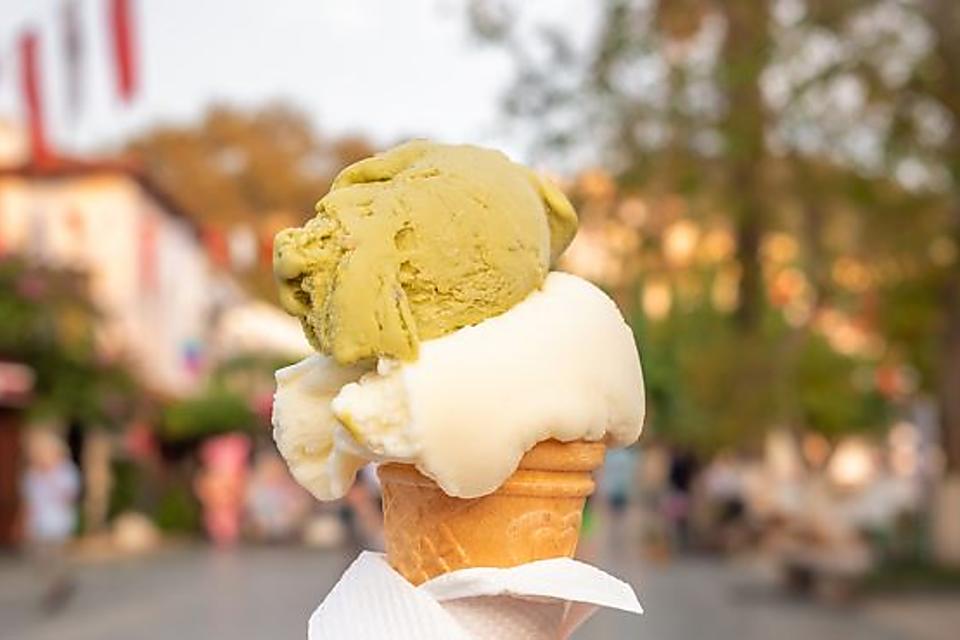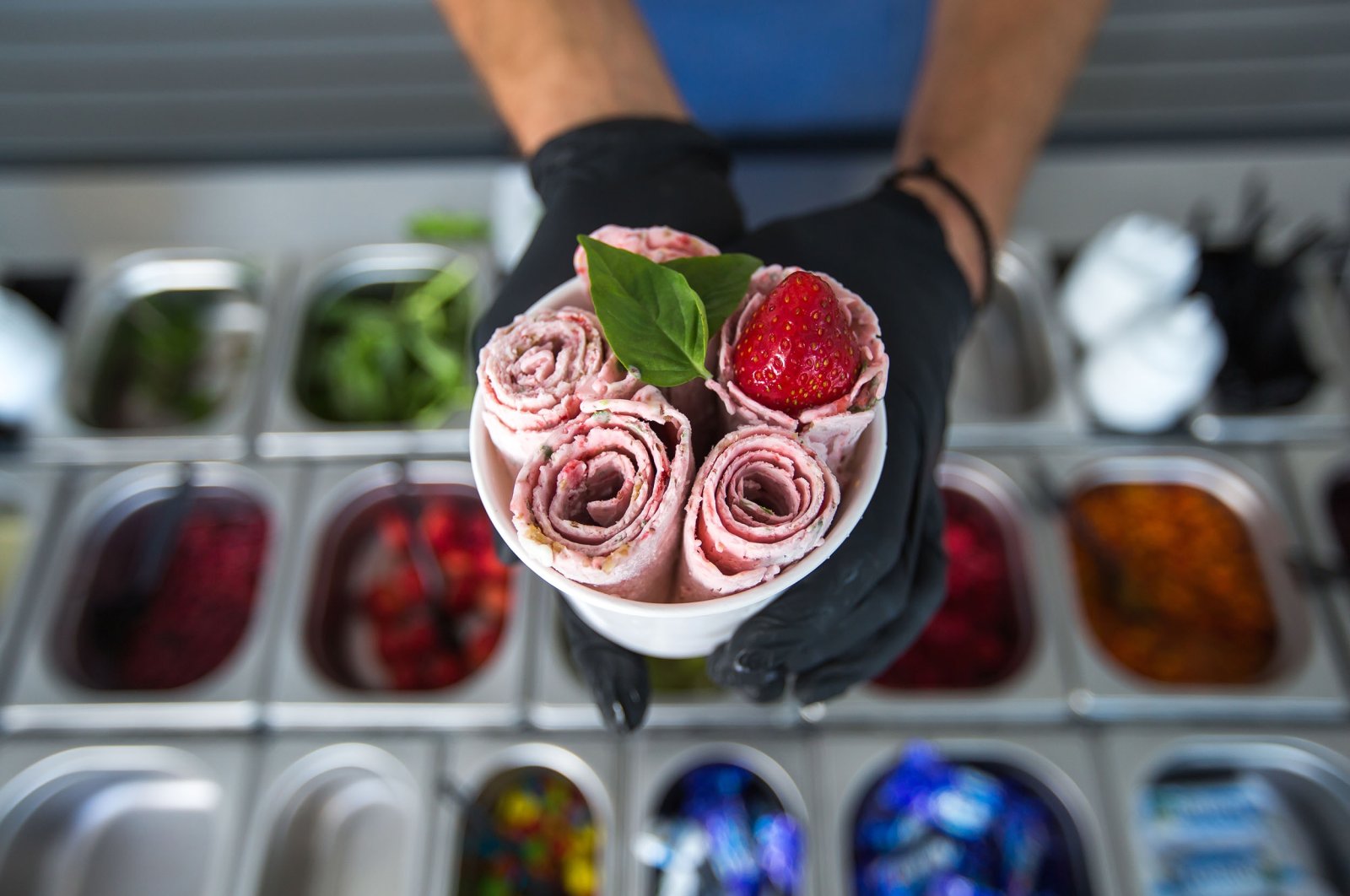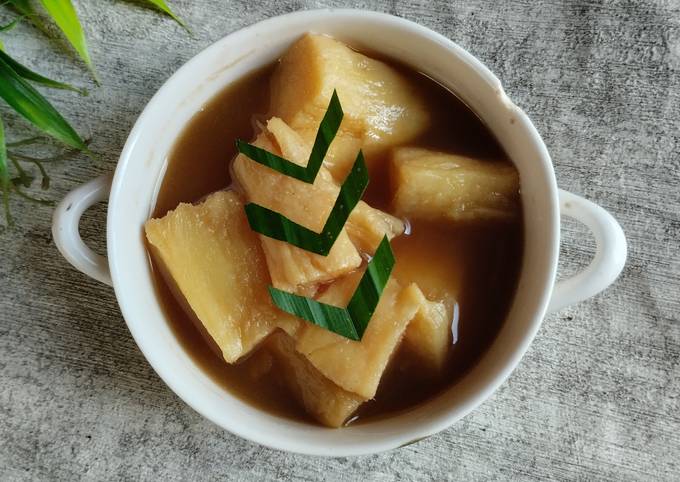Ice cream is a dessert that is hard to surprise any person. However, there is one variety of it that is strikingly different from the traditional types we are all used to. Turkish ice cream is called Turkish – Maraş dondurmas is distinguished not only by flavors and ingredients but also by an almost viscous structure, which distinguishes it from any other. The homeland of this sweet is the region of Kahramanmaraş; over time, it becomes the hallmark of Turkish cuisine and gains international acclaim.
Origins and Historical Significance
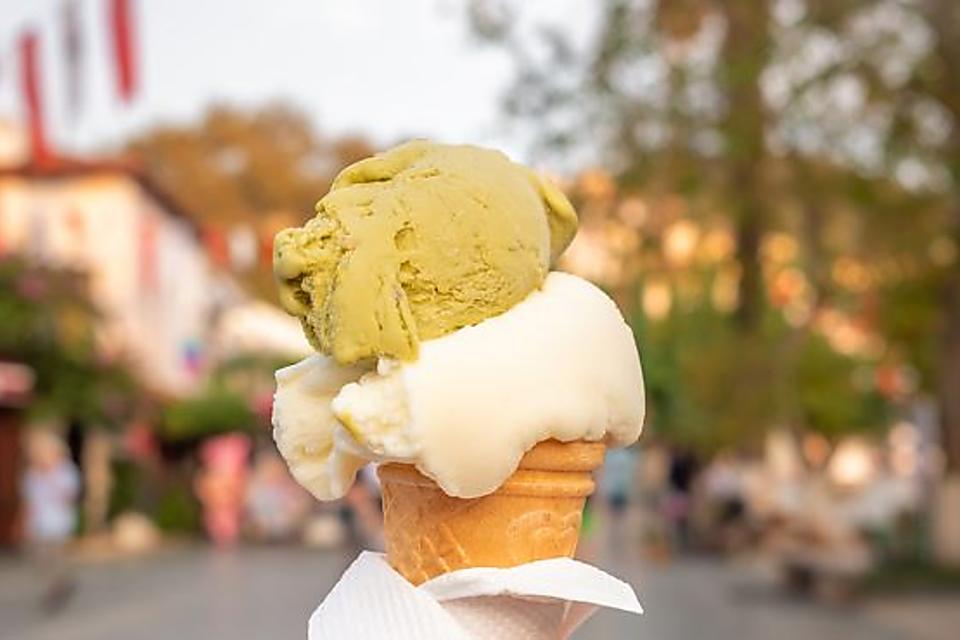
The origins of Turkish ice cream are rooted in the 1600s in the region of Kahramanmaraş, therefore it is often referred to as Maraş ice cream. The legend tells that the intense heat of Middle Eastern summers forced street vendors to discover the unique properties of salep – flour produced from wild orchid tubers – and mastic – resin that provides a peculiar chewiness. This unique combination allowed developing a recipe for an ice cream that did not melt in the hot climates of the Middle East. Consequently, Maraş ice cream is particularly exotic and culturally resonant with the Turkish gastronomy jpslot login.
Unique Ingredients and Textures
Indeed, the answer can be found in the unique products from which the texture and taste of Turkish ice cream are obtained – the salep and the mastic. The special consistency of ice cream is created by salep, and mastic provides the elasticity and aromatic taste of the icy delicacy. Such a symbiosis makes the food unusually dense and elastic, thus endowing street vendors with the ability to pull the ice cream to observers with long wooden sticks, breeding a kind of public and vendors themselves fascinated.
The Art of Serving: Turkish Ice Cream Vendors
The entertainment of enchanting Turkish ice cream is the amazing way expert vendors prepare and serve it. They execute various tricks with the ice cream, like stretching it or twirling it around long paddles, hot summer day, before eventually serving it to customers. This amusing method of interaction not only makes purchasing Turkish ice cream a fun and unforgettable experience but also attracts large groups, making it a more appealing rush hour show.
Flavor Variations and Innovations
Traditionally, Turkish ice cream has the taste of vanilla, pistachio, and chocolate, but there have been developed and many new variations. Nowadays, there is a wide range of the sweet of all kinds of fruity tastes such as strawberry, mango, and such exotic flavors as a rose or lavender, which maintains the tradition and makes it interesting for people from all over the world. Thus, innovating the ice cream lets bring the century tradition to the market of desserts and enjoy interesting tastes.
Nutritional Information and Health Benefits
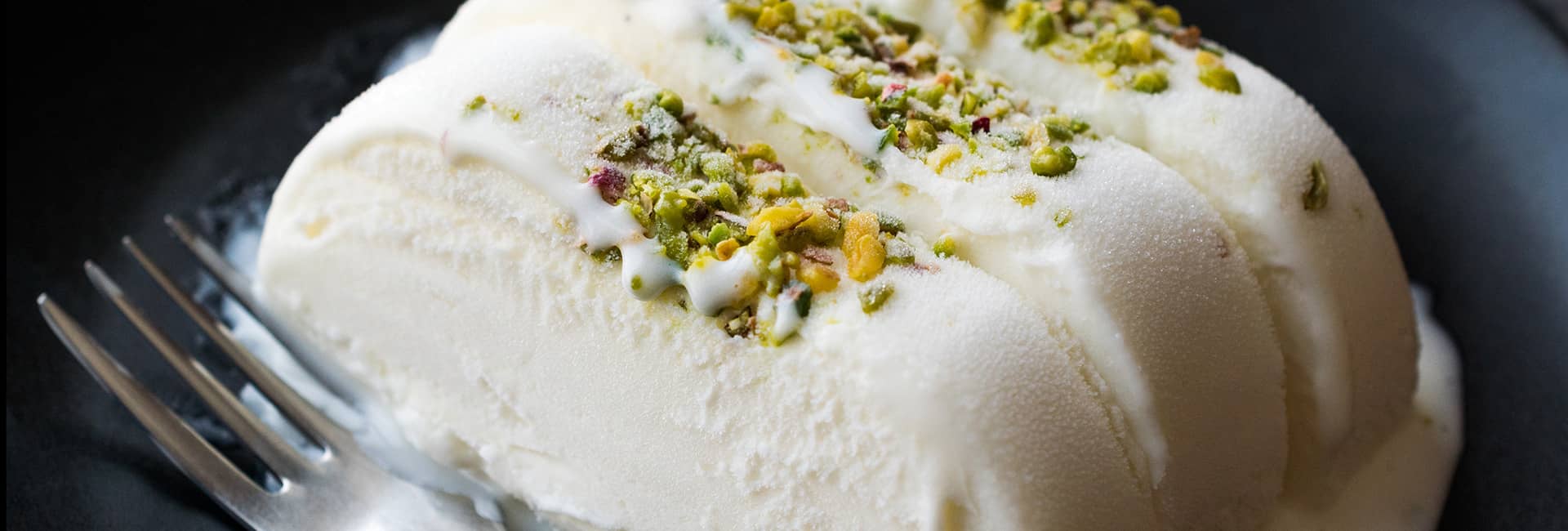
It may be a treat, but Turkish ice cream is far more nutritious than the average. Salep is high in fiber and can have a variety of health benefits; it may improve digestive health and act as a natural antioxidant. It’s still high in sugar, but the use of goat milk and the specific method of churning the ice cream give Turkish dondurma more than just flavor; it gives a distinct body that can indeed be healthier, if only slightly.
The Global Journey of Turkish Ice Cream
Thus, from the streets of Kahramanmaraş to the streets of the most distant cities in the world, Turkish ice cream has found its place in the hearts of all dessert lovers. Stands in which Turkish ice cream is sold continue to open even in the most distant countries from Turkey, where sellers are smiling, teasing and communicate again emphasizing the uniqueness of this tasty dessert.
Celebrating the Wonder of Turkish Ice Cream
Turkish ice cream, or Maraş dondurma, is more than dessert: it is a cultural symbol standing as a testament to Turkey’s proud culinary tradition. ice cream Turkish is not just about the taste: it is an experience created by innovative ingredients, a delightful texture, and entertaining service. With Turkish ice cream becoming more popular worldwide, Turks invite everyone to join in and savor the flavor of history with every scoop.

